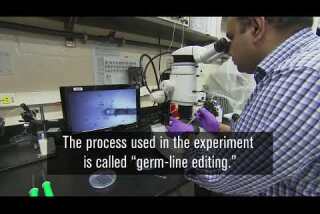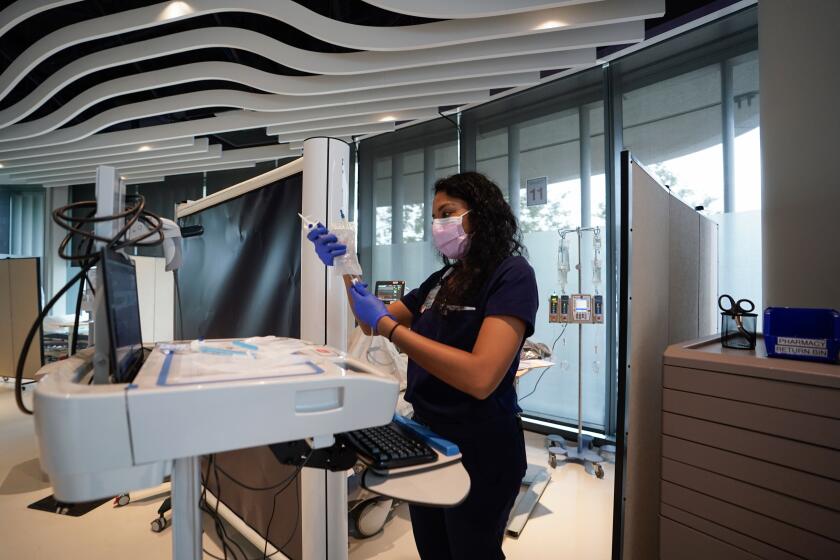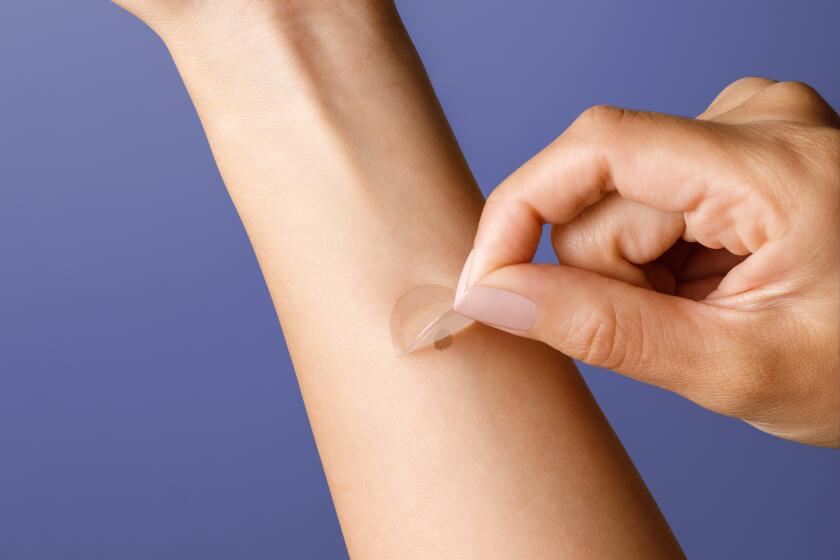Vitamin D associated with lower risk of breast cancer, UCSD-led study finds
A lower risk of breast cancer is found among older women who have greater levels of vitamin D, according to a study led by UC San Diego Schooi of Medicine researchers.
While the study doesn’t prove cause and effect, it’s the latest among many that find those with higher levels of vitamin D have lower risks of various diseases. It was published Friday in the journal PLOS ONE, and can be found at j.mp/vitdbcancer.
Women with the highest levels of vitamin D in the blood had 20 percent of breast cancer risk as those with the lowest levels.
Cedric F. Garland, the study’s principal investigator, said Friday that the results were among the strongest yet showing the correlation between vitamin D levels and health.
Garland is an adjunct professor in UCSD’s Department of Family Medicine and Public Health. He has previously studied correlations between vitamin D levels and other forms of cancer.
Researchers used data from two randomized clinical trials with a total of 3,325 participants, and another study with 1,713 participants. All participants were women 55 and older. Their blood was examined between 2002 and 2017 for 25(OH)D. This was correlated with any diagnosis of breast cancer.
Researchers checked blood serum for the main form of vitamin D in blood. This is called 25(OH)D. They concluded that the minimum healthy level of 25(OH)D is 60 nanograms per milliliter. This level can be checked by consumer blood tests.
Over the course of the studies, 77 new cases of breast cancer were diagnosed. Participants with blood levels above 60 nanograms per milliliter had just 20 percent of the risk, compared to those those with less than 20 ng/ml.
The official recommended level of vitamin D is set at 20 ng/ml by the National Academy of Medicine, an advisory body to the president and Congress on health issues. The issue remains hotly debated, in part because the evidence at this point is mostly associational, not causal.
Study authors included researchers from Creighton University, Medical University of South Carolina and GrassrootsHealth, an Encinitas nonprofit org that promotes vitamin D research and its health benefits.
“Increasing vitamin D blood levels substantially above 20 ng/ml appears to be important for the prevention of breast cancer,” co-author Sharon McDonnell, an epidemiologist and biostatistician for GrassrootsHealth, said in a statement.
Garland said the study was limited to postmenopausal breast cancer, and mainly included white women. So more research is needed on whether high vitamin D levels might protect against premenopausal breast cancer, including other ethnic groups,
Research funders included the National Academy on Aging, the National Cancer Institute and GlaxoSmithKline.
Garland said two previous randomized controlled studies have shown a positive relationship between vitamin D levels and health. These studies, showing cause and effect, along with the extensive observational data, should be enough to persuade health officials, he said.
To reach the recommended blood level of vitamin D, Garland said daily supplements of 4,000 to 6,000 international units are required. This can also be achieved at low latitudes, such as in Southern California, by wearing minimal clothing in the sun for 10 to 15 minutes per day.
The National Academy of Medicine recommends 400 IU of vitamin D3 daily for infants; 600 IU for those 1 to 70 years, and 800 IU for those over 70.
Garland’s vitamin D research goes back decades, including a noted study in 1980 co-authored with his late brother Frank C. Garland, also a UCSD epidemiologist. That study concluded that vitamin D and calcium combine to reduce the risk of colon cancer.
They and colleagues later found risk reductions with higher vitamin D levels in breast, lung and bladder cancers, multiple myeloma and adult leukemia.
Other studies have examined the correlation of various diseases with exposure to sunshine, which the body uses to produce vitamin D.
The studies found lower incidences of various diseases with lower latitudes, and higher levels at higher levels. When charted, this association produces a curve that’s called the “vitamin D smile.”
Related reading
Low vitamin D, muscle injuries linked in NFL prospects
Low levels of two components of vitamin D can help predict risk of heart attack
All that vitamin D we’re taking? There’s little evidence to justify it it
Let the sun shine in — briefly — for health
Science Playlist


In a first, scientists rid human embryos of a potentially fatal gene mutation by editing their DNA

10 interesting facts about Mars

Kids can add years to your life

LA 90: SpaceX launches recycled rocket

Ocean temperatures warming at rapid rate, study finds
bradley.fikes@sduniontribune.com
(619) 293-1020
Get U-T Business in your inbox on Mondays
Get ready for your week with the week’s top business stories from San Diego and California, in your inbox Monday mornings.
You may occasionally receive promotional content from the San Diego Union-Tribune.








